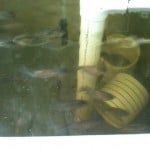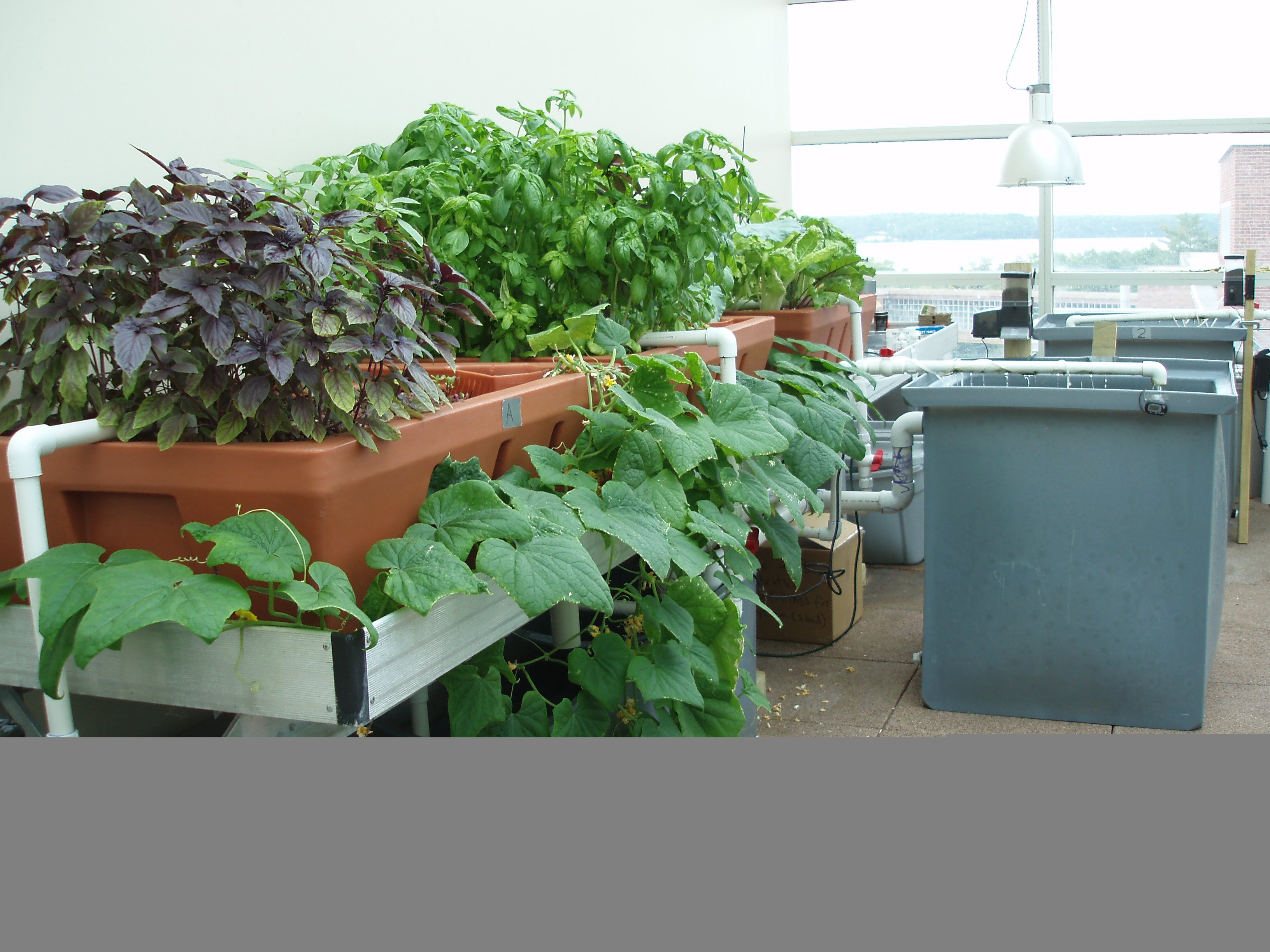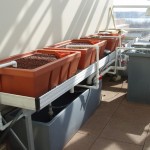First, apologies for the long hiatus…. the last month or so of the semester is always crazy.
I was going to write a reflective post on all of the sustainability-related events in 2012…. most notably, the lack of any sort of societal collapse as predicted by the Mayans and others (although as Jon Stewart remarked, perhaps the Mayans were not the best ones to be predicting collapses). However, as I sit here in my drafty post-mining poorly-insulated Yooper home, trying to warm my toes in front of a space heater, the only thing I can think about is how much nicer a tiny cottage with a pot-bellied wood stove might feel just about now.
Coincidentally, as I looked through my inbox, the latest edition of Grist has an entire article devoted to Living Large in Small Houses. While the thought of no mortgage and a forced reduction in junk (timely after the post-Christmas gift binge) does sound nice, what I found really engaging was the farm cottage in Vermont that stayed cozy all winter using less than a cord of wood.
I used to rent a log cabin even smaller than that when I was a grad student in Knoxville TN. It had a tiny kitchen, tiny bathroom, one small family room (where the wood stove was) and one other room that I used as a bedroom/den. Off the back was a giant porch with a view of the forested “holler” below, full of huge magnolia trees and tulip poplars hiding a Civil War-era fort within it. Due to the complete lack of insulation in the walls, I typically went through a cord of wood each winter, which wasn’t a big problem due to a microburst storm my first summer there that brought down 5 or 6 massive trees in my backyard. It look less than five minutes to find a forestry student with a chainsaw, and then I had years of wood to split and use. I look back on those years very fondly…. the house was small, easy to keep clean, and the heating system was very effective and simple to operate (open door, put wood in, throw in lit match, close door).
Maybe someday I’ll get back to that sort of living….. with the emergence of a huge diversity of tiny house blueprints, perhaps I’ll build it myself.
Happy New Year!



